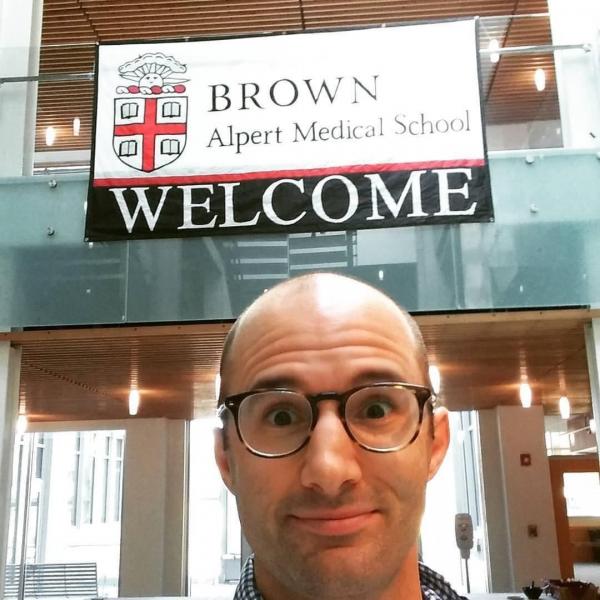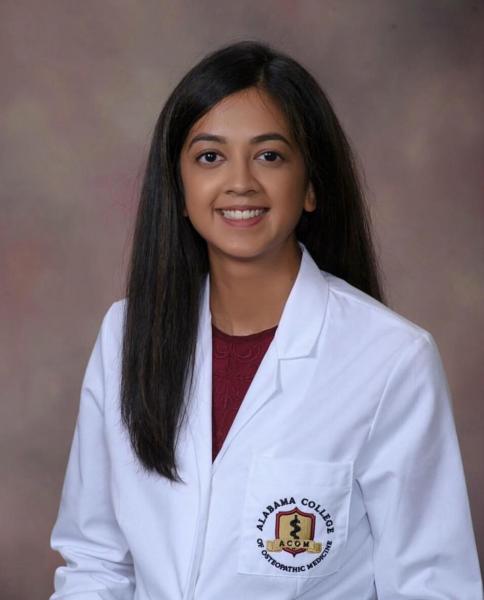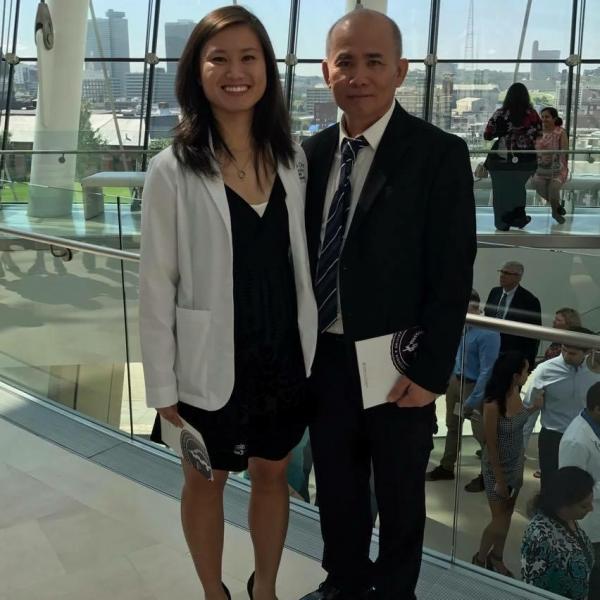Gliding into Medical School
Several members of the 2016-2017 NHC-FL term were medical school applicants who decided to spend their glide years serving with AmeriCorps. Alec, Roshini, and Maria have all matriculated to medical schools and are grateful for the experiences AmeriCorps has given them in preparation for the following four years. Below are their reflections on their glide years.
The Opportunity to Step Away for a Year:
 Alec - Coming from Chicago, I fully enjoyed spending Christmas visiting the manatees and hitting the beach. Part of a good glide year plan is the opportunity to take a step back from the stresses of pre-health curriculum to get collected and prepare for the long hours associated with school, residency, and fellowship. I have definitely had my share of fun in the sun! In short, NHC-FL has provided a comfortable middle ground between my pre-medical studies and medical school, giving members the opportunity to work with patients and learn about the public health system while taking some time to relax.
Alec - Coming from Chicago, I fully enjoyed spending Christmas visiting the manatees and hitting the beach. Part of a good glide year plan is the opportunity to take a step back from the stresses of pre-health curriculum to get collected and prepare for the long hours associated with school, residency, and fellowship. I have definitely had my share of fun in the sun! In short, NHC-FL has provided a comfortable middle ground between my pre-medical studies and medical school, giving members the opportunity to work with patients and learn about the public health system while taking some time to relax.

 Maria- This term with NHC FL was actually my second gap year with AmeriCorps before entering medical school. I also did not anticipate taking a gap year, let alone two, before continuing my education. A part of me was worried that a gap would disrupt the flow, “Why take a gap year when you can go straight through, why waste time?” It was not until I studied abroad later in college that I realized that there is so much more to learn outside the classroom. It occurred to me that that “outside the classroom” experience is why the average age of incoming medical students is higher than the average age of the college graduate. Looking back on these past two years, I learned a lot more than I could have from a textbook. I was made aware of how difficult it can be to apply the principles we learn in school or from textbooks to real people. I truly believe that those real world experiences are significant to have before entering medical school and becoming a physician. It is not at all a waste of time. It brings a certain maturity that not only medical schools want to see, but more importantly what patients want their physicians to possess.
Maria- This term with NHC FL was actually my second gap year with AmeriCorps before entering medical school. I also did not anticipate taking a gap year, let alone two, before continuing my education. A part of me was worried that a gap would disrupt the flow, “Why take a gap year when you can go straight through, why waste time?” It was not until I studied abroad later in college that I realized that there is so much more to learn outside the classroom. It occurred to me that that “outside the classroom” experience is why the average age of incoming medical students is higher than the average age of the college graduate. Looking back on these past two years, I learned a lot more than I could have from a textbook. I was made aware of how difficult it can be to apply the principles we learn in school or from textbooks to real people. I truly believe that those real world experiences are significant to have before entering medical school and becoming a physician. It is not at all a waste of time. It brings a certain maturity that not only medical schools want to see, but more importantly what patients want their physicians to possess.Maria is attending Kansas City University of Medicine and Biosciences.
This blog post was written by NHC FL AmeriCorps member, Maja Radic.
Maja serves at Agape Health Clinic as a Patient Navigator.
